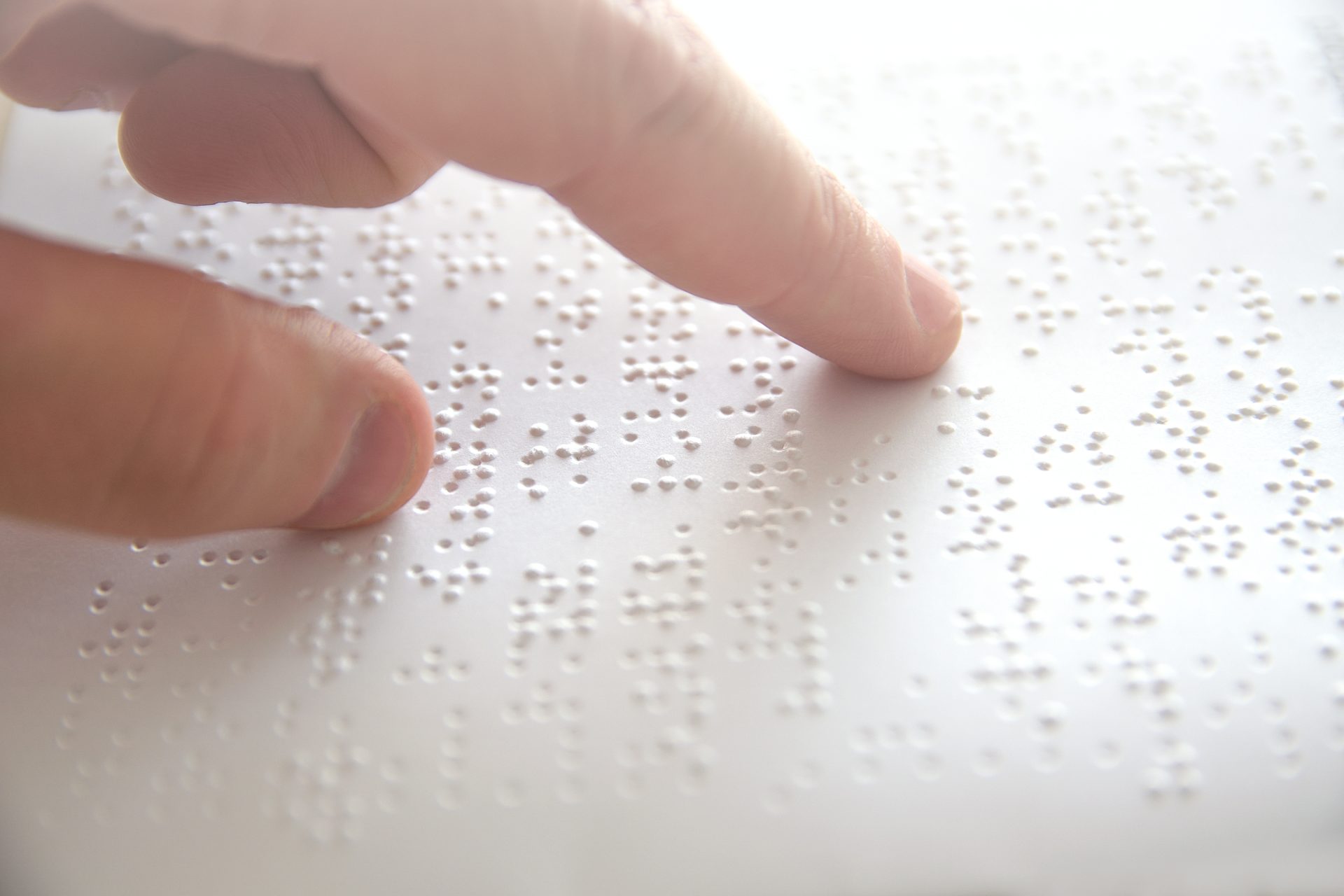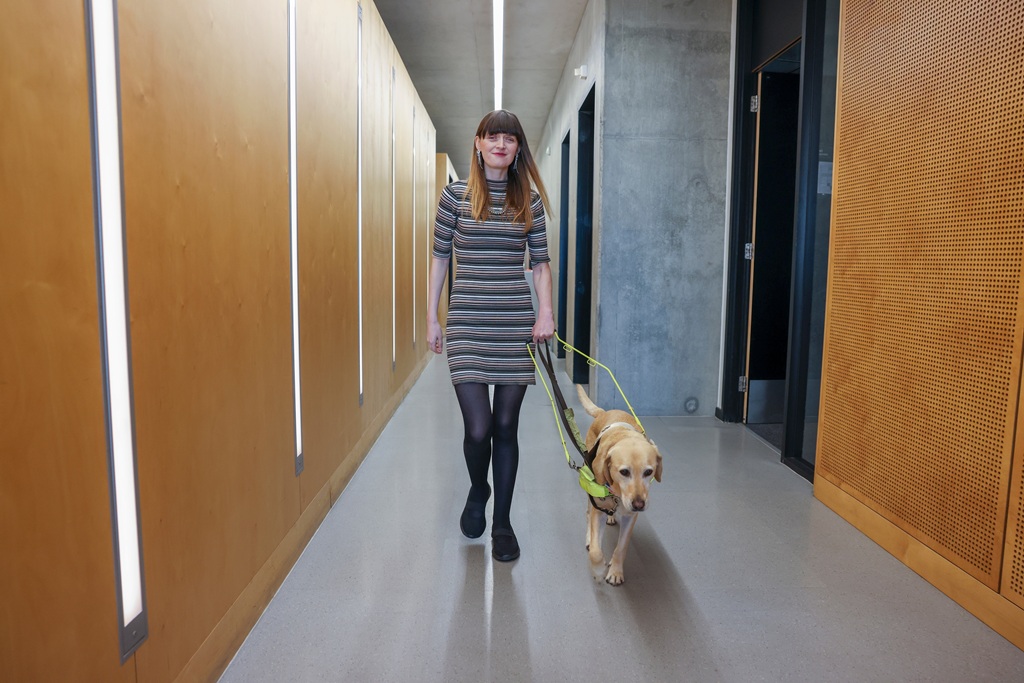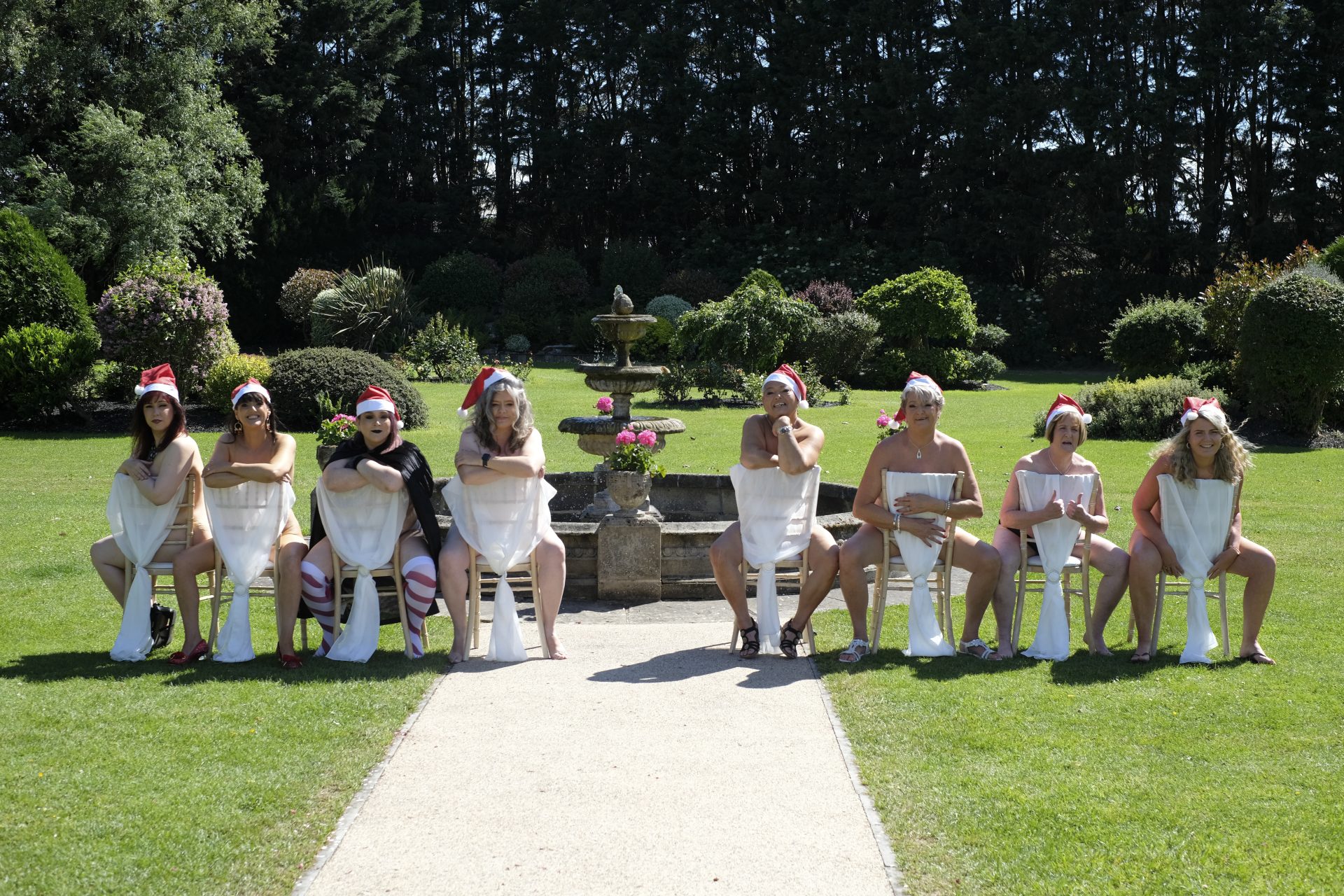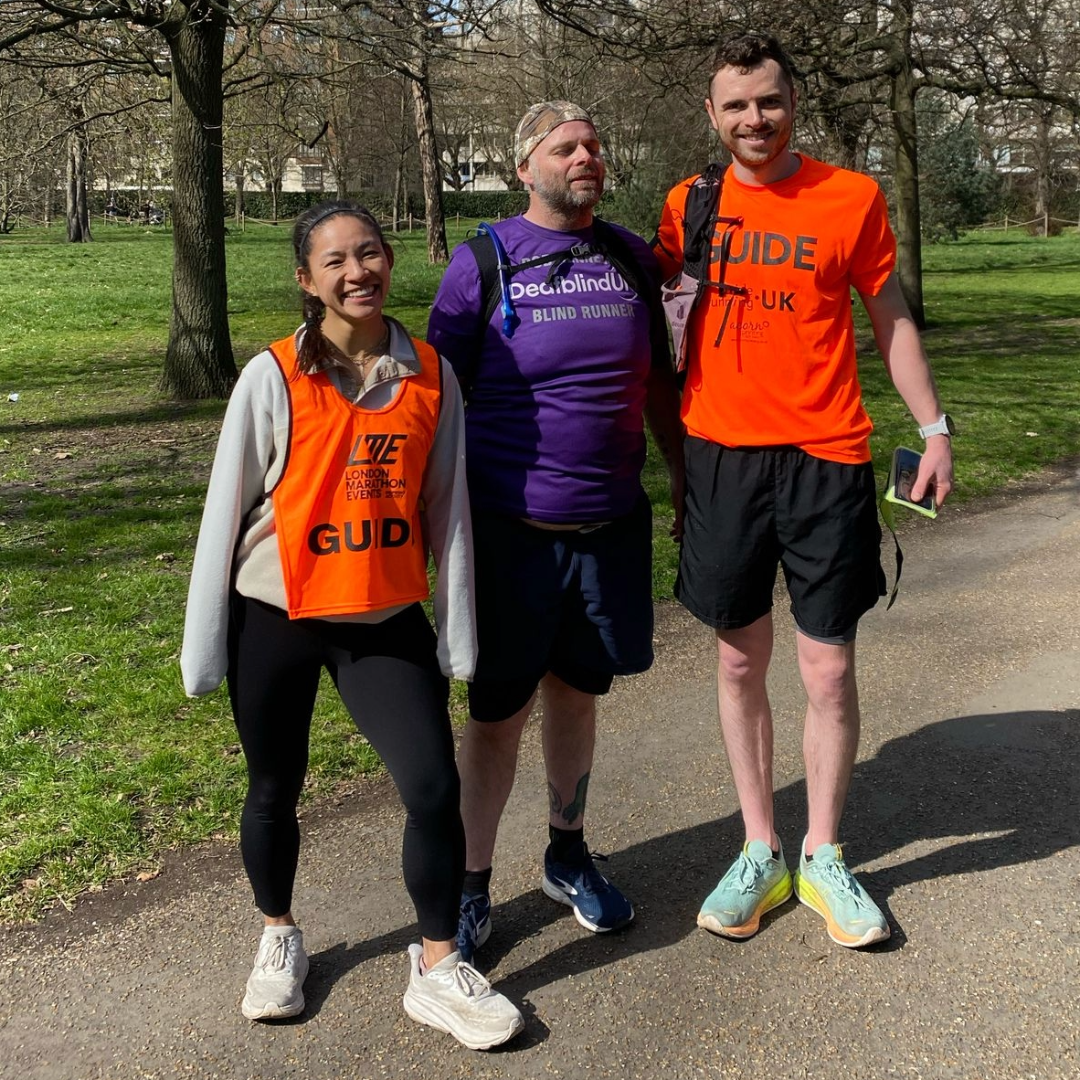Celebrating 200 years of Braille: A tribute to Louis Braille

Every January, we celebrate World Braille Day, honouring the legacy of Louis Braille, the Frenchman who gave the world a tool that transformed lives. Born in 1809, Louis lost his sight at a young age due to an accident in his father’s workshop. Determined to access the written word, he developed the braille system, a tactile language based on patterns of raised dots that could represent letters, numbers, and even music. His invention opened doors for millions of visually impaired and deafblind individuals, granting them independence and access to education.
For many, like Deafblind UK Trustee Roger Wilson-Hinds, braille is more than a language – it’s a lifelong companion. Roger, who is deafblind, shares his vivid memories of braille through the decades:
- 1947: ‘In a freezing cold classroom playing with a board with holes and pins to make the shape of braille letters.’
- 1949: ‘Lying in bed with a braille book on my belly under the blankets, absorbed in the stories of ancient Greece and the Coot Club children in East Anglia.’
- 1960: In a university lecture hall trying to keep up with and understand Statistics. Writing notes on a braille shorthand machine which I later hoped to braille out in a permanent form.
- 1987: ‘Totally excited about my new computerised braille display and notetaker. Able to save and edit my literary masterpieces! Smile – all of which are long since forgotten!
Now in 2024, Roger and his wife Margaret continue to embrace braille in their daily lives. They keep a braille diary, label food tins, and even take braille hymns to church. ‘Whether you are sighted, or deafblind like us, we give thanks to blind Louis Braille who transformed a tragic accident into a Pandora’s box for the world’s blind people,’ Roger shares.
The dots that make up each braille character, or ‘cell’ is made up of up to six dots arranged in a grid of two columns and three rows. By varying the placement of these dots, the system creates a unique combination for each character. Readers use their fingertips to feel the dots, and with practice, they can interpret braille at impressive speeds. Originally designed for the French language, Braille has been adapted for nearly every language in the world, making it a universal tool for accessibility and communication.
While technology like audiobooks and screen readers has expanded access to information, braille remains essential for literacy and independence in the deafblind community. It’s a tool of empowerment, giving people with deafblindness the ability to communicate, learn, and thrive.
Let’s keep in touch!
Join our mailing list and we will keep you up to date about our projects and opportunities to get involved with Deafblind UK.
More Articles

Bridging the Employment Gap for People with Deafblindness
Together, we can help close the employment gap and ensure that people with dual sensory loss have every opportunity to...

Meet the creator behind the new Blind Naked Calendar!
Megan from our fundraising team chatted with Blind Naked Calendar creator, Josephine, to find out about her life as someone…

London Marathon 2025 – meet our runners!
The countdown is on! The TCS London Marathon 2025 is fast approaching, and our incredible #TeamDeafblindUK runners are lacing up…
